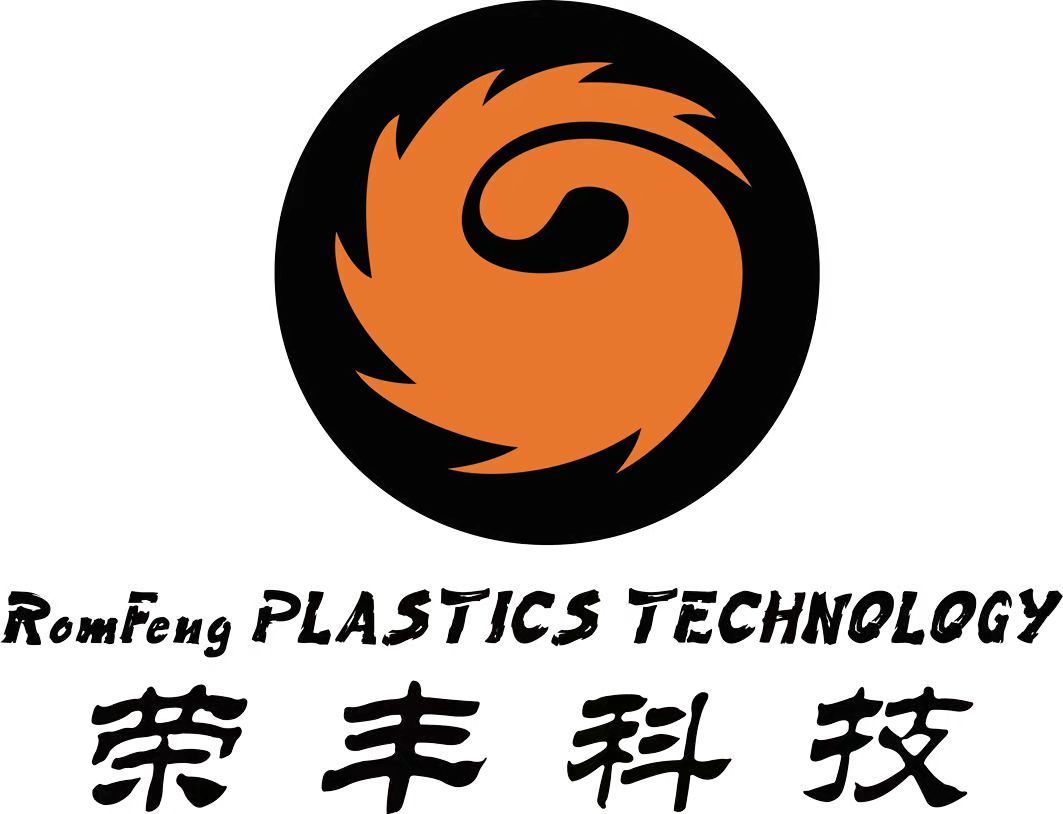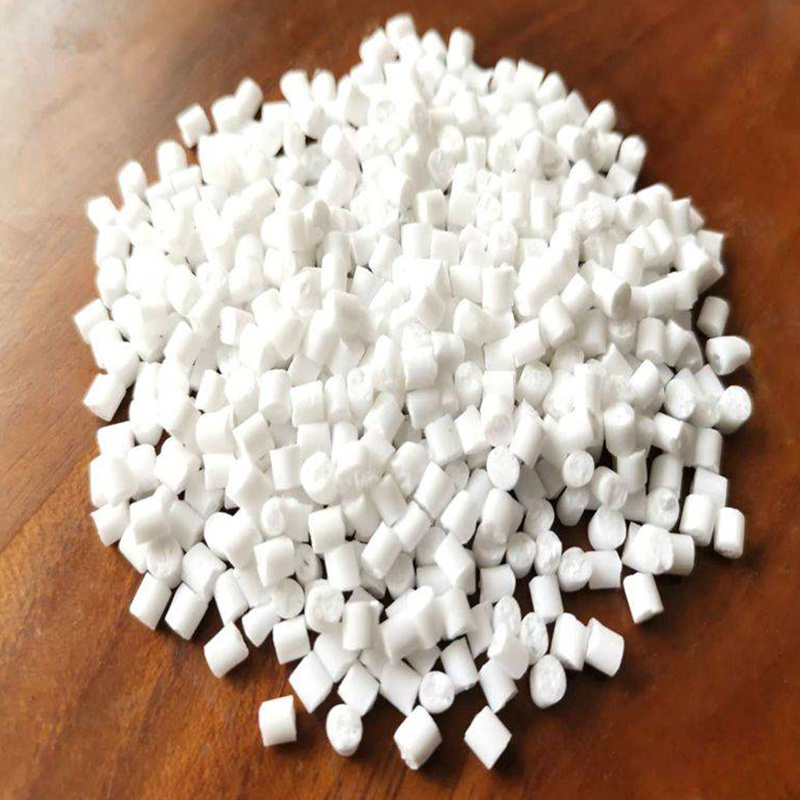Why ABS Conductive Additive Masterbatch is Essential for High-Performance Plastic Products
Release time:
2025-06-22 11:40
Source:
Introduction to ABS Conductive Additive Masterbatch
High-performance plastic products continue to evolve, driven by the demand for enhanced functionality and efficiency. One pivotal development in this field is the use of **ABS conductive additive masterbatch**. This innovative solution significantly improves the electrical properties of plastics, making them suitable for various advanced applications. In this article, we will explore why ABS conductive additive masterbatch is essential for high-performance plastic products, delving into its characteristics, benefits, and applications.
Understanding ABS and Conductive Additives
What is ABS (Acrylonitrile Butadiene Styrene)?
Acrylonitrile Butadiene Styrene, commonly known as **ABS**, is a thermoplastic polymer renowned for its strength, rigidity, and impact resistance. It is widely used in various applications, including automotive parts, consumer electronics, and household appliances due to its excellent mechanical properties and processability.
What Are Conductive Additives?
Conductive additives are materials incorporated into polymers to impart electrical conductivity. These additives can be in the form of carbon black, metal fibers, or specialized compounds designed to improve the electrical performance of plastics. The integration of conductive additives allows for a range of functionalities, from static charge dissipation to electromagnetic interference (EMI) shielding.
The Advantages of Using ABS Conductive Additive Masterbatch
Enhanced Electrical Conductivity
One of the primary advantages of using **ABS conductive additive masterbatch** is its ability to enhance the electrical conductivity of standard ABS plastics. This improvement is crucial for applications requiring precise electrical properties, such as in the automotive and electronics sectors.
Improved Mechanical Properties
In addition to electrical benefits, ABS conductive additive masterbatch also contributes to improved mechanical properties. By integrating conductive additives, manufacturers can achieve better tensile strength and impact resistance, essential for high-performance applications.
Versatility in Applications
The versatility of ABS conductive additive masterbatch allows it to be used in a variety of products, including electronic housings, automotive components, and medical devices. This adaptability makes it a preferred choice across multiple industries.
Cost-Effectiveness
Using ABS conductive additive masterbatch can lead to significant cost savings. By modifying existing ABS formulations, manufacturers can enhance performance without the need for entirely new materials, providing a cost-effective solution for improving product quality.
Applications of ABS Conductive Additive Masterbatch
Electronics Industry
In the electronics industry, **ABS conductive additive masterbatch** is widely used for manufacturing components like housings, connectors, and circuit boards. The electrical conductivity ensures that these products can effectively dissipate static charges, preventing damage to sensitive electronic components.
Automotive Sector
The automotive sector benefits significantly from the use of ABS conductive additive masterbatch. Components such as dashboards, electronic control units, and sensor housings require materials that can provide both structural integrity and electrical performance. The incorporation of conductive additives helps meet these demanding requirements.
Medical Devices
In the medical field, sterilization and electrical conductivity are crucial for devices such as diagnostic equipment, monitoring systems, and surgical instruments. ABS conductive additive masterbatch ensures that these products can withstand various sterilization processes while maintaining electrical performance.
Market Trends and Future Outlook
Growing Demand for Conductive Plastics
The demand for conductive plastics, including those enhanced with ABS conductive additive masterbatch, is on the rise. This trend is driven by advancements in technology and the increasing need for lightweight, high-performance materials in various industries.
Innovation in Additive Technologies
Continuous innovation in additive technologies is paving the way for new formulations of ABS conductive masterbatches. These innovations focus on improving conductivity, enhancing mechanical properties, and reducing manufacturing costs, which further fuels market growth.
Sustainability in the Plastic Industry
As sustainability becomes a significant focus in the plastic industry, manufacturers are seeking eco-friendly solutions. New formulations of ABS conductive additive masterbatch are being developed to reduce environmental impact while maintaining performance standards.
Common Questions About ABS Conductive Additive Masterbatch
1. What is the difference between conductive masterbatch and standard masterbatch?
Conductive masterbatch contains additives that enhance electrical conductivity, while standard masterbatch does not. This makes conductive masterbatch suitable for applications requiring specific electrical properties.
2. How does the addition of conductive additives affect the processing of ABS?
The addition of conductive additives can influence the processing conditions of ABS. Manufacturers may need to adjust parameters such as temperature and pressure to accommodate the modified material.
3. Can ABS conductive additive masterbatch be recycled?
Yes, ABS conductive additive masterbatch can be recycled, although the recycling process may vary. It is essential to consider the specific additives used and their compatibility with recycling systems.
4. What industries benefit the most from ABS conductive additive masterbatch?
The electronics, automotive, and medical industries are among the primary beneficiaries of ABS conductive additive masterbatch due to their need for high-performance materials with electrical conductivity.
5. Are there any health concerns associated with using ABS conductive additive masterbatch?
When handled properly, ABS conductive additive masterbatch poses minimal health risks. However, it is essential to follow safety guidelines during manufacturing and processing to ensure worker safety.
Conclusion
In summary, **ABS conductive additive masterbatch** plays a crucial role in the advancement of high-performance plastic products. Its ability to enhance electrical conductivity, improve mechanical properties, and provide versatility across various applications makes it an indispensable material in today's manufacturing landscape. As industries continue to demand innovative solutions, the significance of ABS conductive additive masterbatch will only grow, paving the way for more efficient and effective plastic products in the future. Embracing this technology is essential for manufacturers looking to stay competitive in a rapidly evolving market.
ABS Conductive Addititve Masterbatch








